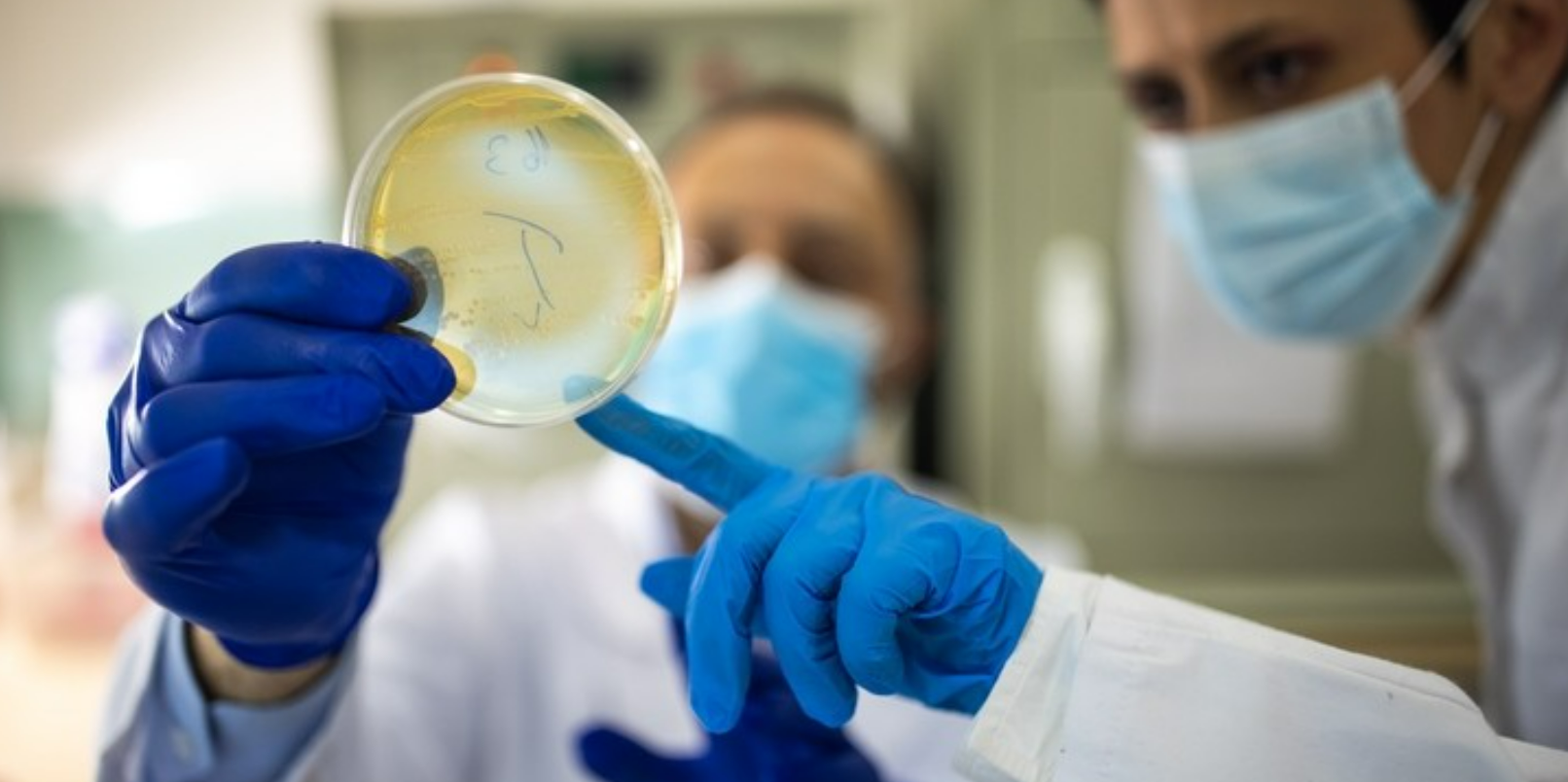Common And Serious Side Effects Of Statins
Statins are a class of drugs often prescribed to lower cholesterol levels in the blood. By lowering the levels they help prevent heart attacks and stroke. However like any medication they can also have side effects. Most people who take statins experience no or only minor side effects but in some cases the side effects can be serious.
Common side effects of statins include:
Muscle pain and weakness:
This is the most common side effect. It can range from mild discomfort to a severe condition called rhabdomyolysis which can cause severe muscle pain liver damage kidney failure and death.
Increased blood sugar or type 2 diabetes:
Statins can increase your blood sugar levels which could potentially lead to the development of type 2 diabetes.
Neurological side effects:
Some people report memory loss or confusion while on statins. However these side effects are rare and the evidence linking them to statins is not definitive.
Serious side effects of statins include:
Liver damage:
Statins can cause an increase in your liver enzymes which could indicate liver damage. If the increase is severe you may need to stop taking the medication.
Kidney damage:
As mentioned above severe muscle damage can lead to a life-threatening condition called rhabdomyolysis. This can cause kidney damage or even kidney failure.
Increased risk of hemorrhagic stroke:
While statins can help reduce the risk of ischemic strokes (strokes caused by blood clots) they may slightly increase the risk of hemorrhagic strokes (strokes caused by bleeding in the brain).
Allergic reactions:
Though rare some people may have an allergic reaction to statins leading to rash hives or difficulty breathing.
Remember the risks of serious side effects from statins are generally low and for many people the benefits of taking statins outweigh these risks. Always discuss potential side effects and your personal risk factors with your doctor before starting any new medication. It's also important to have regular check-ups to monitor your response to the medication.
1 Muscles Aches And Weakness
It is common for patients taking statins to experience muscle aches and weakness. This can manifest as mild discomfort soreness or unusual tenderness in the muscles. In some cases muscle pain can be severe enough to interfere with exercise or daily activities. Studies show that around five percent of patients on statins may develop muscle pain which is often cited as a reason for discontinuing the medication. Most muscle pain associated with statins occurs in the lower legs. Patients who experience any muscle pain while taking statins should inform their prescribing physician immediately. It may be possible to switch to a lower dose or another medication that does not have this side effect. Coping with muscle pain may involve avoiding strenuous exercise and with a doctor's approval taking a break from statin treatment could be helpful.
2 Abdominal Pain
Many individuals who take statins may experience abdominal pain which could include stomach cramps constipation or diarrhea. Although rare liver damage or liver failure could occur as a result of taking statins which may also cause abdominal pain. Thus if a patient experiences any abdominal symptoms they should be evaluated for potential liver issues. Before starting a patient on a statin doctors usually order liver function tests. If a patient shows signs of possible liver issues during treatment the tests will be repeated. To determine the underlying cause of abdominal pain and the potential for liver involvement the doctor will evaluate the patient's symptoms examine their skin and eyes for signs of jaundice and perform an abdominal examination to check for any liver pain. If the physician suspects that the abdominal pain might be caused by liver issues additional tests may be needed and the patient may need to switch to another drug.
3 Insomnia
Insomnia is a common problem for some patients who take statins particularly those who have difficulty falling asleep. As a result patients may feel drowsy during the day and experience mental fog or confusion. This can make it difficult to complete tasks that require a high level of concentration. To promote better sleep patients can establish a relaxing bedtime routine such as reading a book listening to calming music or practicing meditation. Patients should also ensure that their bedroom is cool quiet and dark. Turning off electronic devices at least one hour before bedtime may also be helpful. Patients who experience insomnia for more than a few days should consider consulting with a sleep specialist for potential solutions and inform their primary care physician of their sleep difficulties.
4 Gas Or Bloating
It is common for patients taking statins to experience gas or bloating often accompanied by abdominal pain. Bloating may also cause a loss of appetite and swelling in the abdominal area. It is important to rule out any serious medical conditions causing the bloating and this can be done through a physical examination imaging studies and blood tests. Patients should avoid chewing gum and limit carbonated drinks to ease bloating and gas. A lactose-free diet has been found to be effective in reducing bloating and gas and it is recommended to eat meals and snacks slowly. Certain foods such as lentils dried beans and vegetables from the cabbage family can trigger gas so it is advisable to plan meals accordingly. In cases where necessary doctors can prescribe additional medication to alleviate gas and bloating.
5 Inflammation of the Muscles
Muscle inflammation is a major adverse effect that statin use may experience despite its rarity. Patients who take statins plus fibrates are more likely to experience this side effect than those who use statins alone or with another cholesterol-lowering drug. Rhabdomyolysis a severe and sometimes fatal form of muscular inflammation has been documented in 0.1% of statin-using patients. This illness can result in kidney failure and causes widespread muscle discomfort and weakness. Patients should get in touch with their doctor right away if they detect their urine suddenly being darker than usual. Intravenous diuretics like mannitol are frequently used in the treatment of rhabdomyolysis and patients may also require dialysis.
6 Dizziness
Although it is uncommon patients who take statins may occasionally feel lightheaded and women over the age of 60 may be more susceptible to this adverse effect. Dizziness is more likely to develop in people who have been taking statins for less than a month and taking Aspirin alongside a statin may make it worse. Dizziness can make it more likely that someone will fall and get injuries. When experiencing a bout of vertigo people should try to sit down as soon as they can. In the absence of a chair patients may want to stabilise themselves by holding onto a table or other piece of furniture. Some people who take statins may experience blood pressure drops which may cause lightheadedness. While taking statins it may be beneficial to routinely measure blood pressure at home and in the doctor's office. For patients getting out of bed in the morning will require extra caution. Before gradually rising to a standing position they should ideally sit up in bed for a few minutes and rest their feet on the floor. People who feel dizzy should let their doctor know about this adverse effect. Additional research may be required and switching to a medication that doesn't have this side effect may be an option.
7 Headaches
One rather uncommon side effect of statin use is headaches. Most headaches individuals describe while taking statins may be stress headaches according to doctors. These headaches are thought to be caused by muscle contractions and specialists theorise that the muscle atrophy that can happen when taking statins may play a role in these headaches. In research involving 200 individuals who took statins 16.5 percent of the subjects complained of headaches. According to recent studies statin-related severe headache or migraine risk may be increased by vitamin D deficiency. Patients who have this side effect should inform their healthcare provider because strong headaches may be a sign of an underlying medical problem. Patients should consult with their physician about the safest painkillers for managing headaches while taking statins and it may be beneficial to keep a headache record outlining symptoms and triggers.
8 Skin That Is Rash or Flushed
The various rashes linked to statin use can take the form of a small patch of pink flat lumps. Additionally they could be elevated and have a purple or reddish hue. The rash may or may not be accompanied by itching. Skin blistering has sporadically happened and in some cases the skin gets extremely dry and begins to peel. According to anecdotal evidence statin-induced flushed skin on the face may resemble a sunburn. Studies have shown that people with rheumatoid arthritis and those who take Aspirin and statins simultaneously are both at an increased risk of acquiring a rash. Rashes are more likely to occur with statin treatment in female patients over the age of sixty. Skin abnormalities in patients on statins should be investigated right away because researchers think rashes and skin flushes may be symptoms of statin hypersensitivity. To fix the problem it might be necessary to temporarily stop taking the statin or switch to a different kind of statin.
9 Vomiting Or Feeling Sick
One patient out of every hundred people who take statins is thought to have nausea and vomiting. Patients should consult a doctor right away if they feel nausea or vomiting while taking statins. After taking a statin some patients have complained of ongoing nausea which may be followed by intermittent vomiting. It could be beneficial to get outside in the fresh air and consume bland soft foods as part of small meals to lessen the effects of nausea. Keeping away from strong flavours and odours may also be beneficial. Patients who experience nausea together with stomach pain should always visit a doctor. Patients are instructed to constantly consume small sips of fluids to help with vomiting in order to avoid becoming dehydrated. Patients may benefit from consuming fruit juice flat soda sports drinks water and ginger-flavoured foods or beverages. When taking statins patients should keep track of how frequently they vomit and they should let their doctor know about this. If vomiting persists for more than one or two days or if the patient is unable to swallow any fluids immediate medical attention should be sought.
10 Diarrhoea Or Constipation
Patients may have constipation or diarrhoea as a result of statin treatment which frequently results in digestive problems. Patients are encouraged to increase their dietary fibre intake by eating more cereals fruits and legumes in order to cure constipation. Additionally patients should make sure they are adequately hydrated and engage in exercise. If necessary taking a laxative stool softener or fibre supplement may be beneficial. If a patient hasn't had a bowel movement in more than three days they should visit a doctor. Doctors advise staying away from dairy products and foods heavy in fat and fibre to help treat diarrhoea. Patients should visit a doctor if their diarrhoea lasts longer than a few days or if it is accompanied by other symptoms including dehydration black or bloody faeces fever or excruciating abdominal pain. Taking an over-the-counter drug such as loperamide may help.






